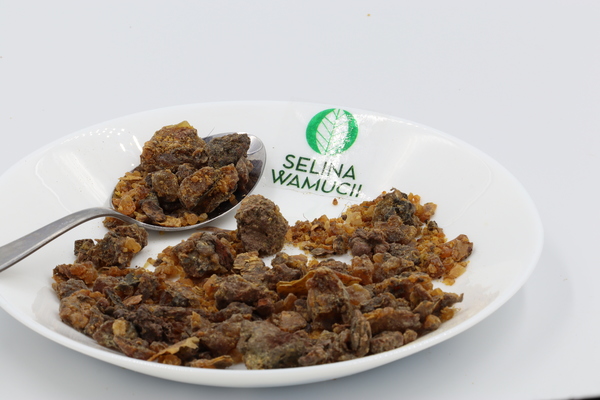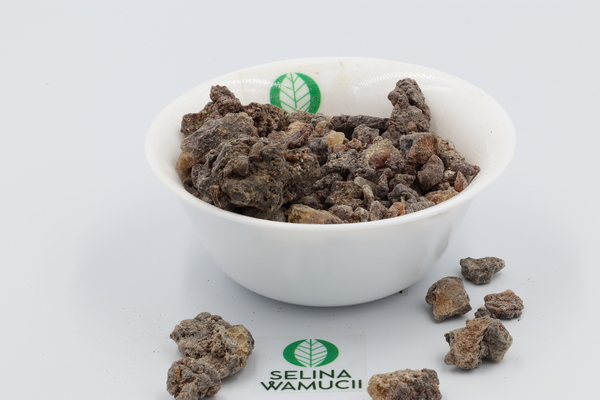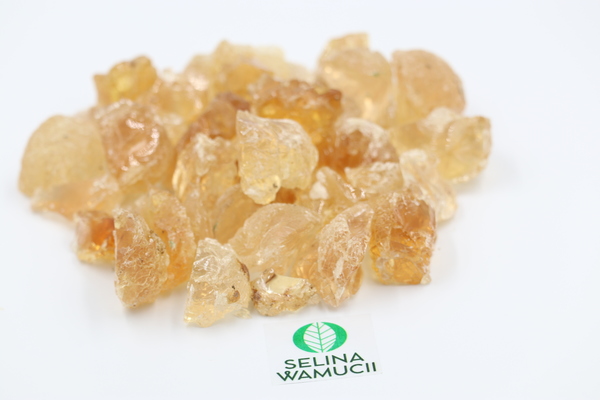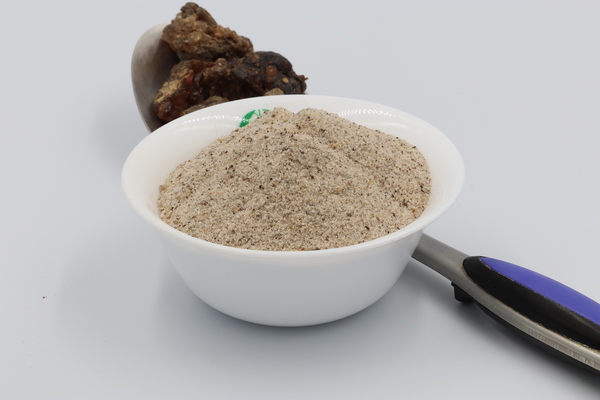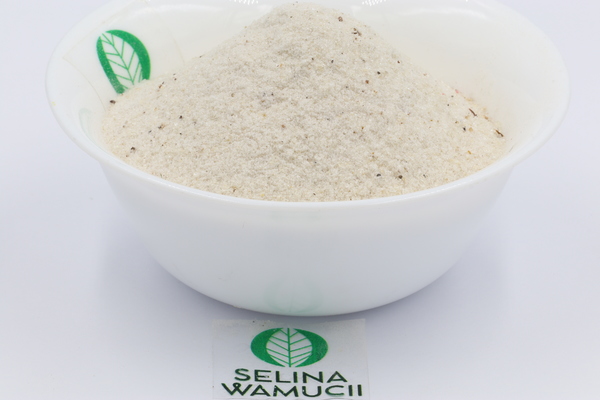Buy Ethiopia Natural Gum Directly From Exporters & Suppliers - Best of 2024 Market Prices
| Summary | |
|---|---|
| Varieties | Gum Arabic ,frankincense ,myrrh,opopanax |
| Common varieties | Gum Arabic , myrrh |
| Packing | Bags made of cotton cloth |
| Size | 25kg,50kg jute bags |
| Season availability | Between September and June |
| Transportation conditions | At room temperature of about 20 degrees Celsius |
Ethiopia Natural gum is of different species based on the trees the gum is harvested. The country is known for its high production of natural gum. Over 300,000 metric tons of natural gum can be produced in the country.
Boswellia papyrifera is the chief gum producing tree species in Ethiopia. The species covers a total estimate of 1.5 ha of land. Boswellia papyrifera produces frankincense, acacia produces gum Arabic and Commiphora produces myrrh. Frankincense and myrrh are used as medicine, beverages, creams and liqueurs, cosmetics, creams and detergents. Gum Arabic is used as a stabilizer in food and drink industries and also in the printing and textile industry.
Gum production is also done in Sudan, Senegal, Nigeria, Mali, Chad, and Niger.
There is an excellent contribution of the gum industry to the economy of Ethiopia. Ethiopia exports 16,019 tons of natural gum worth $20.473 million. The trees produce gum in the dry season, giving people a meaningful activity to do in the period with few economic activities.
Boswellia species produce frankincense. Genus Boswellia is composed of 20 species extending from the Ivory Coast to the horn of Africa and southwards to northern Madagascar. The diversity of this genus is located in northwest tropical Africa within the dry lowland areas.
Acacia produces gum Arabic which is the oldest known natural gum. Acacia species grow in semi-arid areas.
Commiphora produces myrrh. Commiphora tree branches often terminate in spines; outer bark often papery and peeling, the inner bark is usually greenish with resinous usually aromatic sap, wood with milky latex. Its species are widespread in the tropics of Africa and Madagascar.
Ethiopia is located in the horn of Africa between (3-5) degrees north latitude and (33-48) degrees east longitude. The climatic conditions of the country vary from dry, tropical and temperate rainy, with average temperatures of 47 degrees Celsius in Afar depression to 10 degrees Celsius in the highlands. These conditions favor for growth of Acacia, Boswellia and Commiphora.
Harvesting of Ethiopia natural gum is done manually by labor-intensive traditional methods of tapping. Tapping and collecting of frankincense and Arabic gum are carried out around mid-September up to June during the offset of the dry season.
Tapping is done by the shaving of very thin, 2 mm deep and 4-8 mm wide, external circular layer of the bark starting at 0.5 from the base of the stem using hand tools. Once the first tapping is done, the second will take place after 30-40 days. The tapping process usually continues up to 4 months.
Ethiopia natural gum is purified and packed in new bags made of cotton cloth ready for export. Natural gum is exported overseas by air.
Local traders use bags made from synthetic materials for packing to be sold in the local market.
In conclusion, if you need the best natural gum, do not hesitate to buy from Ethiopia at better prices because the country produces the best.
Get Instant Quote
Are you a producer of Ethiopia Natural Gum or other products?
Sign up today for FREE to buy or sell Ethiopia Natural Gum.


